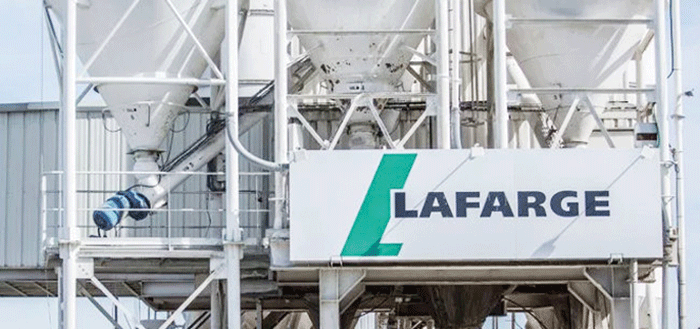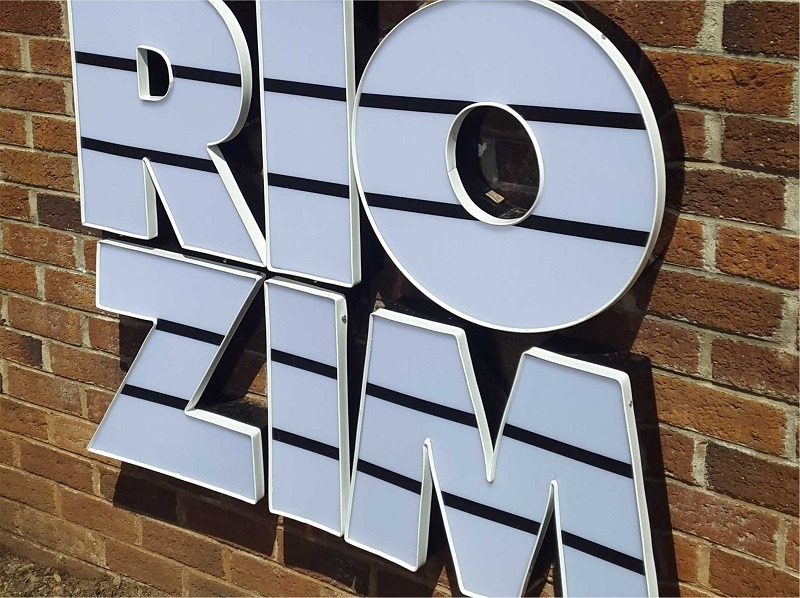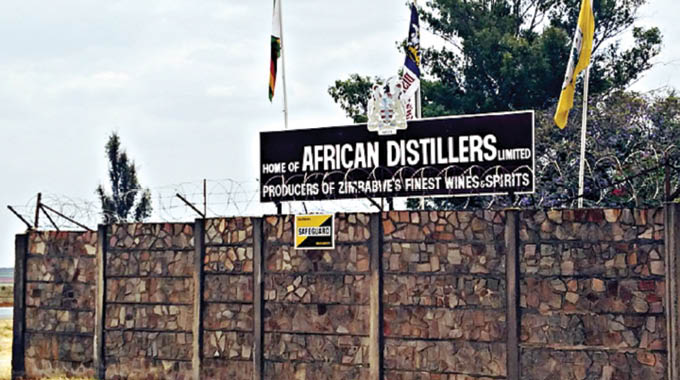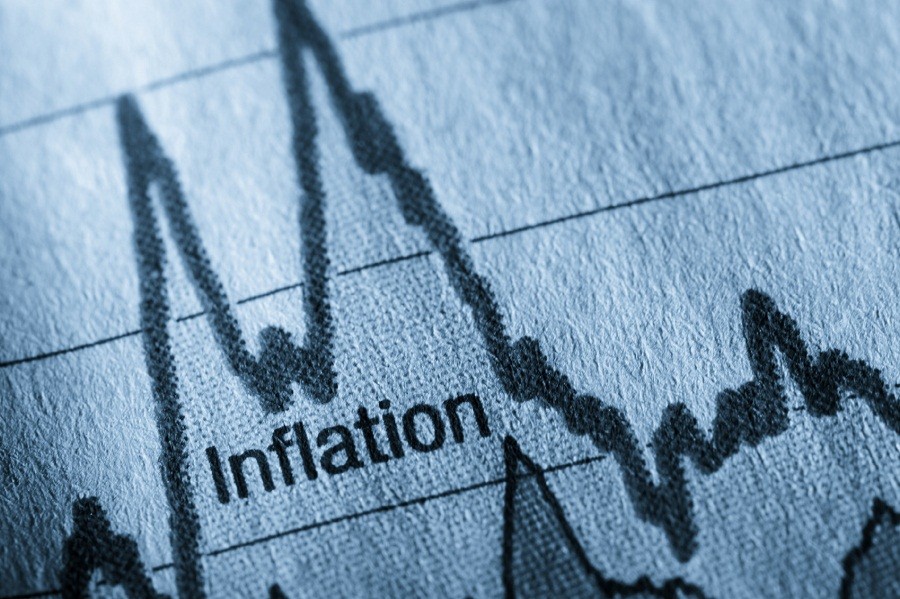Annual inflation in Zimbabwe was 300 percent in August, according to new data released by the International Monetary Fund (IMF). At that level, the troubled southern African nation's inflation rate is the highest in the world.
Annualised inflation in Zimbabwe was measured at 175.66 percent in June, up from 97.85 percent in May. In a statement released on Thursday, IMF head of delegation Gene Leon said Zimbabwe was experiencing what he described as severe economic difficulties.
Leon was a part of an IMF delegation that was recently in the country to assess progress on the implementation of a Staff Monitored Program (SMP) that measures economic performance and Zimbabwe's commitment to reforms. The programme is a key step towards unlocking IMF funding.
"Since the February currency reform, the exchange rate has depreciated ," Leon said. The currency went from one-to-one with the US unit to 1 to 16.5 as of September 23, "fostering high inflation, which reached almost 300 percent (year-over-year) in August."
Zimbabwe's Finance Minister Mthuli Ncube banned the publication of annual inflation numbers in July to allow the country's statistical agency, Zimstat, to compile new price data, which will only be published in February 2020, Ncube said.
This is not the first time Zimbabwe has experienced high inflation. Government figures show Zimbabwe's peak inflation rate was 79.6 billion percent month-on-month and 89.7 sextillion percent year-on-year in mid-November 2009. Hyperinflation only ended the following year with the adoption of the US dollar.
Sting of inflation
While Zimstat is not confirming the IMF's inflation estimate, many Zimbabweans are feeling the sting of the Zimbabwean dollar's diminishing value.
Chenjerai Varugu, a vendor who sells mobile phone chargers and USB cables in Harare's streets, says high inflation has made life tougher for him.
"Life is just now harder for me," he told Al Jazeera. "I am now struggling to buy food. Bread is now $10. Everything has gone up." When the local currency was pegged to the US dollar a loaf of bread could be bought for $1.
Varugu said he was thinking of leaving the country because most of his merchandise comes from abroad and that makes his livelihood particularly sensitive to exchange rates.
"The weakening local currency also affects my business in a big way because the wholesalers of the products buy these products in US dollars and increase the prices when the Zim dollar weakens against the US dollar," Varugu said. When the cost of doing business for him rises, he raises prices, but he admits this is not a sustainable solution. "Customers generally don't buy as much when you increase the price."
Leon said economic difficulties in the country have been exacerbated by severe weather shocks. He foresees a steep drop in the value of all the goods and services produced within Zimbabwe in 2019.
"Social conditions have deteriorated sharply, with more than half of Zimbabwe's population [8.5 million people] estimated by the UN to be food insecure in 2019/2020. Weakening confidence, policy uncertainty, a continuation of FX market distortions, and a recent expansionary monetary stance has increased pressure on the exchange rate," Leon added.
Worse than Venezuela
Like Zimbabwe, the Venezuelan government in 2018 once suspended inflation readings.
This year, annual inflation in Venezuela - the country with the world's second-highest inflation - was measured at 135.3 percent in August. On a month-on-month basis, consumer prices in Venezuela rose 65.2 percent in the same month, according to the opposition-controlled Congress.
While inflation in Venezuela has decelerated in recent months because of strict reserve requirements on banks, which reduced the credit available to businesses, Zimbabwe's rate hike has not slowed down inflation.
- al jazeera
 Concern over Masvingo black market
Concern over Masvingo black market  Kenya declares three days of mourning for Mugabe
Kenya declares three days of mourning for Mugabe  UK's Boris Johnson quits over Brexit stretegy
UK's Boris Johnson quits over Brexit stretegy  SecZim licences VFEX
SecZim licences VFEX  Zimbabwe abandons debt relief initiative
Zimbabwe abandons debt relief initiative  European Investment Bank warms up to Zimbabwe
European Investment Bank warms up to Zimbabwe  Young Investment Professional (YIP) Graduate Programme 2019
Young Investment Professional (YIP) Graduate Programme 2019 











 Young Investment Professional (YIP) Graduate Programme 2019
Young Investment Professional (YIP) Graduate Programme 2019
Editor's Pick